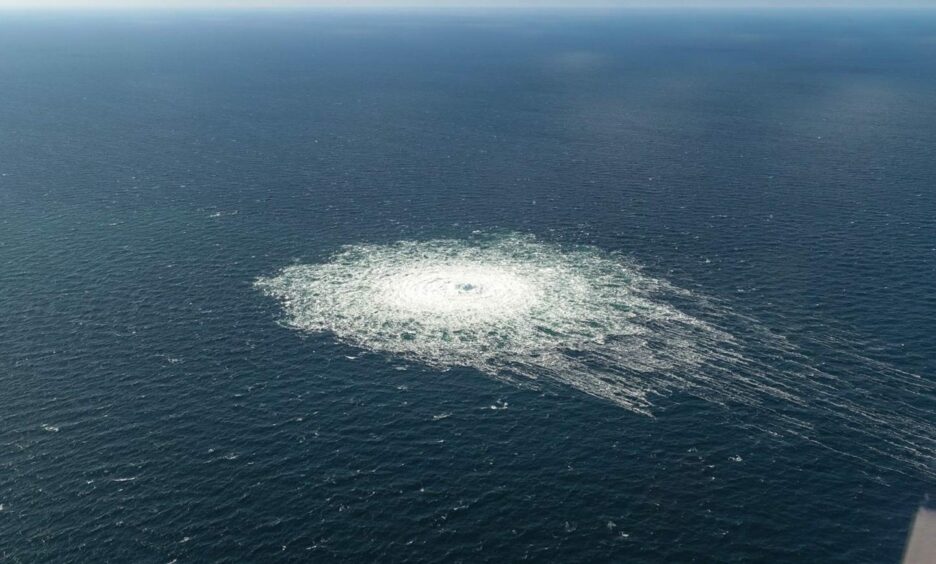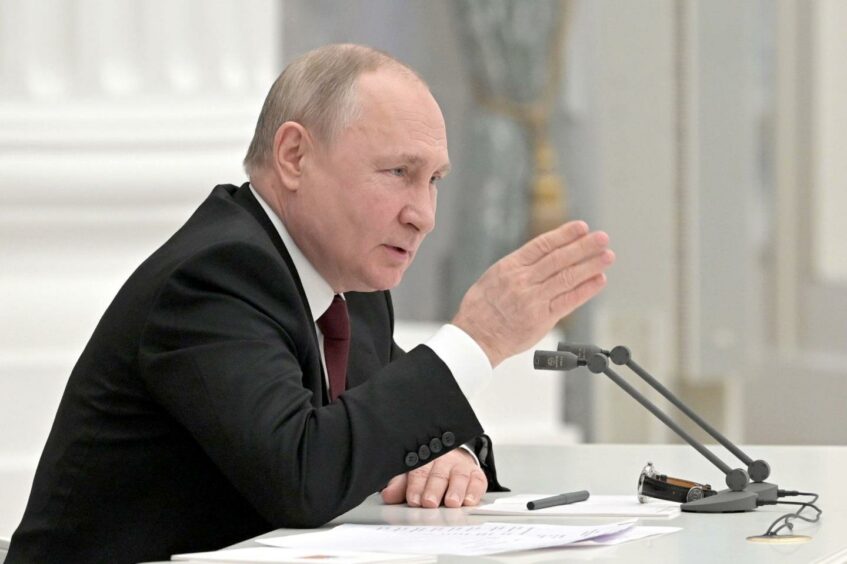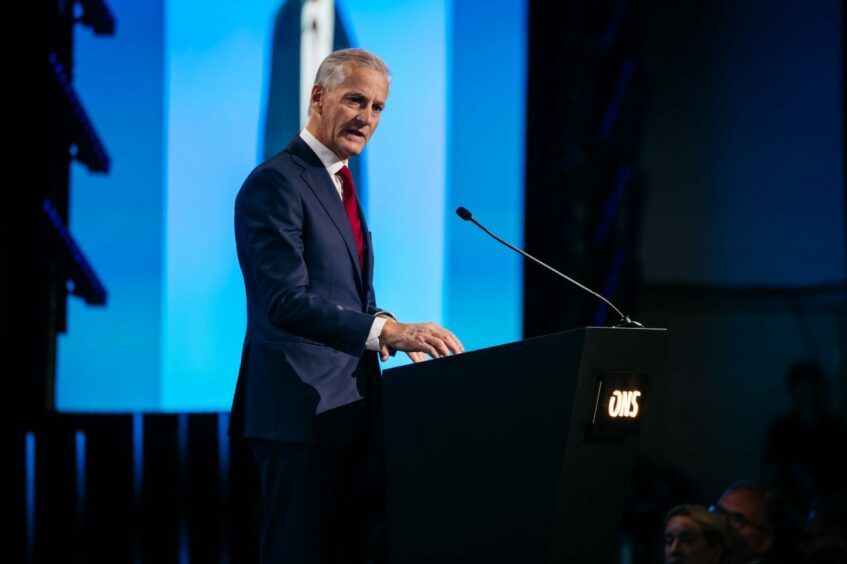
With Nord Stream AG, the consortium led by Russia’s Gazprom completing “intial data gathering” on the pipeline’s alleged sabotage in the Baltic Sea, we’ve put together a timeline of events on the key pipeline’s leaks.
Over the course of this year, Nord Stream has been at the centre of its fair share of controversy with maintenance work, reduction in supply and then the leaks that prompted nations to point the finger at each other claiming sabotage.
Russia cuts Nord Stream supply
The Nord Stream, the biggest pipeline to Europe, shut for 10 days in July following a maintenance period. Following the completion of this work, Russia resumed gas shipments on Thursday the 21st.
Five days later, the Russian firm Gazprom began “sharply reducing the flow of piped gas to Germany” to around 20% of the line’s capacity.
At the time Gazprom said maintenance issues with a turbine that helps pump gas into the link were behind the curbs.
One month later reports began to surface that Europe was preparing for blackouts throughout winter as Russia shut the pipeline once again, this time for three days.
This sparked fears that Russia may find further reasons to shut down the supply to the Nord Stream pipeline.
Gazprom notified French utility Engie that supply would halt on Thursday the 1st of September due to a disagreement over payments.
The initial leak – 26th September
Following Gazprom halting its gas supply to the Nord stream, 25 days later on the 26th of September, it was reported that the pipeline had sprung several leaks.
Nord Stream 1 and 2 sprung several leaks simultaneously, releasing gas into the environment.
Nord Stream 2 said it had recorded a drop in pressure in Line A overnight. It has informed the authorities of Germany, Denmark, Sweden, Finland and Russia, it said in a statement to Russian news agencies.
Danish press reported hearing explosions at the time citing evidence from seismic measuring stations in Sweden and Denmark.
Following this, the Danish Maritime Authority established a no go zone for five nautical miles around the pipeline.
Denmark’s military deployed a frigate, the Absalon, an oil spill ship, the Gunnar Thorson, and a helicopter to inspect the scene this morning.
More leaks – 29th September
Three days after the initial leaks reported on the Nord Stream 1 and 2 gas pipelines, additional ruptures were found.
The total number of leaks amassed to four, according to the Swedish Coast Guard’s Command Center.
Sabotage
The following day Energy Voice reported that there was already talk of the Nord Stream being sabotaged.
Danish Prime Minister Mette Frederiksen told Denmark’s Politiken newspaper: ““It is hard to imagine that it is accidental. We cannot rule out sabotage, but it is too early to conclude.”
At this time the Kremlin expressed concerns with Dmitry Peskov describing the leaks as “disturbing news” and “a completely unprecedented situation that requires urgent investigation”, according to Russia’s TASS agency.
Director of the Center for Energy and Climate, Marc-Antoine Eyl-Mazzega, also ruled out an accident.
He described the pipelines as a “sunk cost investment”. Nord Stream 2 would have never been put into operation, Eyl-Mazzega said, given Russia’s invasion of Ukraine.
Amid “suspected gross sabotage” the Swedish prosecutor in charge of the investigation into leaks closed the area of the Baltic Sea surrounding the gas pipeline.
A Swedish submarine rescue ship capable of advanced diving missions and a Swedish coast guard vessel was sent to the leaks at this time.
Swedish investigators concluded that the ruptures were caused by detonations which pointed towards a deliberate act of sabotage.
Danish police supported these findings, reporting that investigations of “the crime scenes” concluded that explosions were the cause of “extensive damage” to the Nord Stream 1 and 2 gas pipelines in the Baltic Sea.
Preliminary results of the damage site inspection showed these craters had a depth of 9.84ft to 16.4ft.
They were found on the seabed 813ft from each other and the section of the Nord Stream pipeline between the craters was destroyed.
Leaks stop as finger-pointing begins
On the 3rd of October, the Danish Energy Agency reported that the leaks had stopped.
However, at this time nations began to butt heads over who was responsible for the sabotage of Europe’s largest gas pipeline.
The US and Russia accused each other of being behind the attacks with the Kremlin requesting a Security Council meeting to discuss the events.
The Kremlin and the White House
US LNG exporters would be celebrating the destruction of the pipelines, Russia’s Dmitry Polyanskiy told the council, while President Joe Biden had threatened Nord Stream in February.
US representative, Richard Mills, said Russia had had a “bad day”.
Mills explained that there had been several instances where Russia has attacked civilian infrastructure in Ukraine and engaged in disinformation.
The US categorically denied involvement in the Nord Stream sabotage.
At this time US liquified natural gas (LNG) sales to mainland Europe were experiencing a “sharp uptick”, according to climate data company Kayrros.
Putin turns attention to UK Navy in ‘invented story’
Russia’s Ministry of Defence later blamed the UK Navy for being behind the Nord Stream sabotage, with a representative of Putin’s government saying: “According to available information, representatives of this unit of the British Navy took part in the planning, provision and implementation of a terrorist attack in the Baltic Sea on 26 September this year – blowing up the Nord Stream 1 and Nord Stream 2 gas pipelines.”
However, the UK government responded by saying: “To detract from their disastrous handling of the illegal invasion of Ukraine, the Russian Ministry of Defence is resorting to peddling false claims of an epic scale.
“This invented story, says more about arguments going on inside the Russian government than it does about the West.”
At the time the Kremlin also claimed that “British specialists” were behind the Ukrainian drone attacks on ships of the Russian Black Sea fleet in Crimea.
The Russian minesweeper suffered minor damage during the incident.
Norway steps up military presence
In October Norway’s prime minister, Jonas Gahr Store, called for support from NATO navies as fears around drone sightings near offshore platforms grew.
This news arrived as reports of the Norwegian armed forces raising readiness to protect energy links surfaced.
Regulations against Russian gas imports also saw the nordic country become Europe’s leading gas supplier.
Nord Stream AG’s initial data gathering at the location of the pipeline damage on Line 1 in the Swedish exclusive economic zone, published on the 2nd of November, found “technogenic craters”.
This falls in line with Swedish an Danish investigators’ beliefs that the damage to the Nord Stream pipelines was as a result of human tampering and not natural causes.

 © Photographer: Alexei Nikolsky/Ge
© Photographer: Alexei Nikolsky/Ge © Supplied by ONS/ KRAFFTWORK
© Supplied by ONS/ KRAFFTWORK